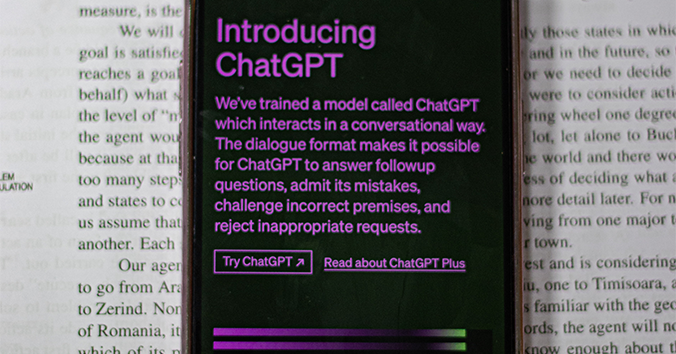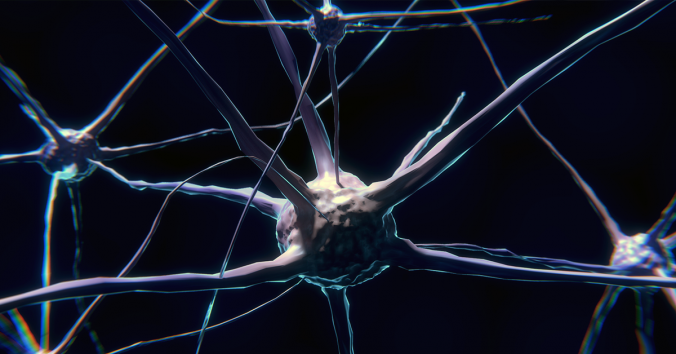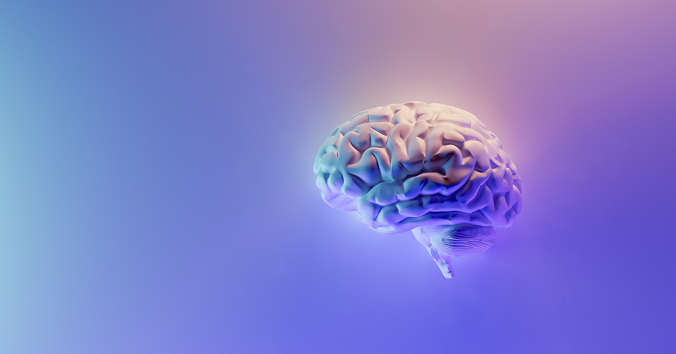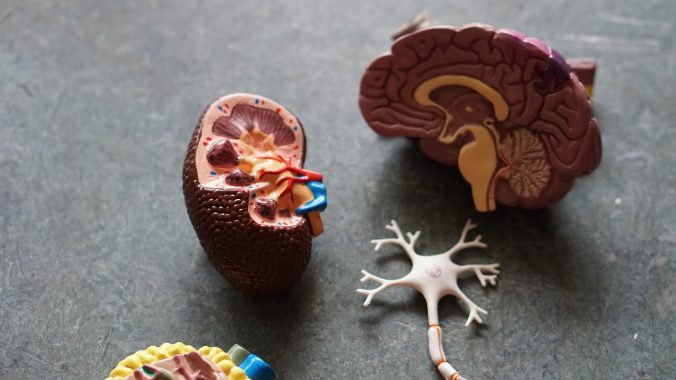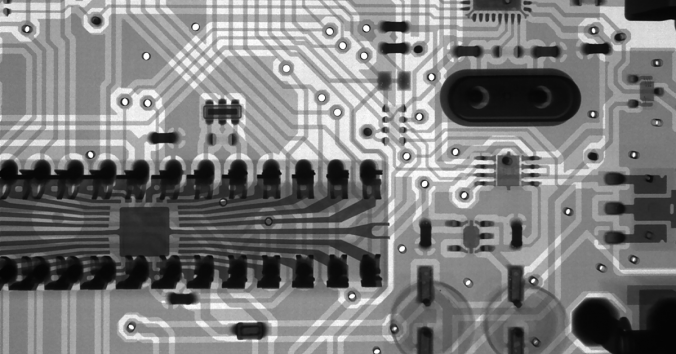I have to admit that I had a little trouble cracking the code in the article which I will now try to summarize briefly. I hope that the title I have chosen is not already a misunderstanding. Moral philosophy is not easy, but the subject of the article is urgent so I still want to try.
Illness is generally perceived as something bad, as an evil. If we are to speak in terms of value, we can say that illness has negative value. Individual cases of illness usually create a moral motivation in us to mitigate the ill person’s negative condition. How strong this motivation is depends on several factors, but the severity of the disease is a relevant factor. The motivation to act typically increases with the severity of the disease.
This of course comes as no surprise. The motivation to alleviate a person’s cold is not very strong because a cold is not a severe condition. A runny nose is nothing to complain about. But in the face of more severe conditions such as blood poisoning, diabetes and cancer, the moral drive to act increases. “This condition is very severe” we say and feel that it is very important to act.
So what is the problem that motivates the article? If I am interpreting the authors correctly, the problem is that it is not so easy to convert this obvious use of language into a rule to follow. I recently bought a kettle that came with this warning: “Do not fill the kettle with an excessive amount of water.” The warning is, in a way, self-evident. Of course, you should not fill the kettle with an excessive amount of water! The motivation to pour should have stopped before the water level got excessively high. Even though the language is perfectly obvious, the rule is not as obvious, because when is the water level excessively high? When should we stop pouring?
The problem with the word “severity” is similar, or at least that is my interpretation. “Severity” is an obvious linguistic tool when we discuss illness and the need to do something about it. But at the same time, it is difficult to define the term as a description of when conditions are (more or less) severe and when it is (more or less) motivated to do something about them. Some philosophers have therefore criticized the use of “severity” in discussions about, for example, priority setting in healthcare. The situation would become somewhat paradoxical, since an obviously relevant concept would be excluded because it is unclear how it can be transformed into a description that can be followed as if it were a simple rule.
If I understand the article correctly, the authors want to defend the concept of severity by showing that severity qualifies our moral motivation to act when someone is ill. They do this by describing six other concepts that it is more generally accepted should qualify how morally important it is to do something about a condition, including the concepts of need and lack of well-being. None of the six concepts coincides completely with the concept of severity, but when we try to assess how they affect the need to act, we will often simultaneously assess the severity. And when we assess the severity of an illness, we will often at the same time assess how the illness affects well-being, for example.
The authors’ conclusion is that the concept of severity is a morally relevant concept that should be considered in future discussions, as severity qualifies the moral motivation to act. However, I may have misunderstood the reasoning, so if you want to be on the safe side, you can read the article here: Severity as a moral qualifier of malady.
I want to end the post with a personal side note: I am inclined to say that the philosophical difficulty in defining the concept of severity (when we talk about disease) is similar to the difficulty in defining the concept of excess (when we talk about water levels). What makes these concepts so useful is their great pliability. It is difficult to say what “severe disease” or “excessively high water level” is, because it depends on so much. Pliable words like these are like tracking dogs that sensitively move through the terrain in all possible relevant directions. But if we try to reconstruct the tracking dog’s sensitivity in general intellectual terms, without access to the dog’s sense of smell, experiences and instincts, we run into great difficulties.
Should these philosophical difficulties motivate us to get rid of the dog? Of course not! Just as we learn incredibly much from following a tracking dog, we learn incredibly much from following the words “severe disease,” even if the journey is arduous. This underlines the authors’ conclusion: severity should be considered a morally significant concept that continues to deserve our attention.
Solberg, C.T., Barra, M., Sandman, L. et al. Severity as a moral qualifier of malady. BMC Medical Ethics 24, 25 (2023). https://doi.org/10.1186/s12910-023-00903-2
This post in Swedish
We like challenging questions


